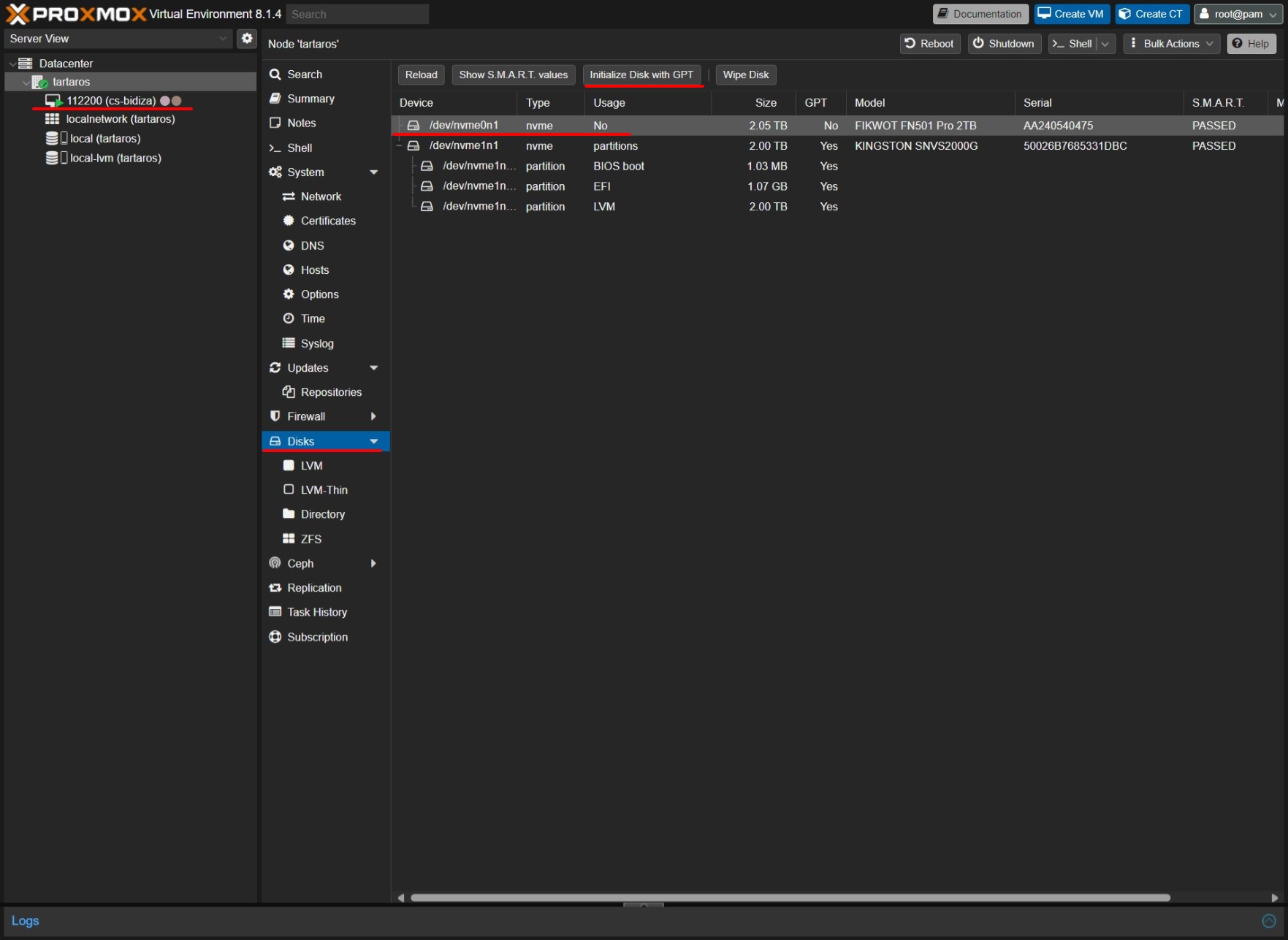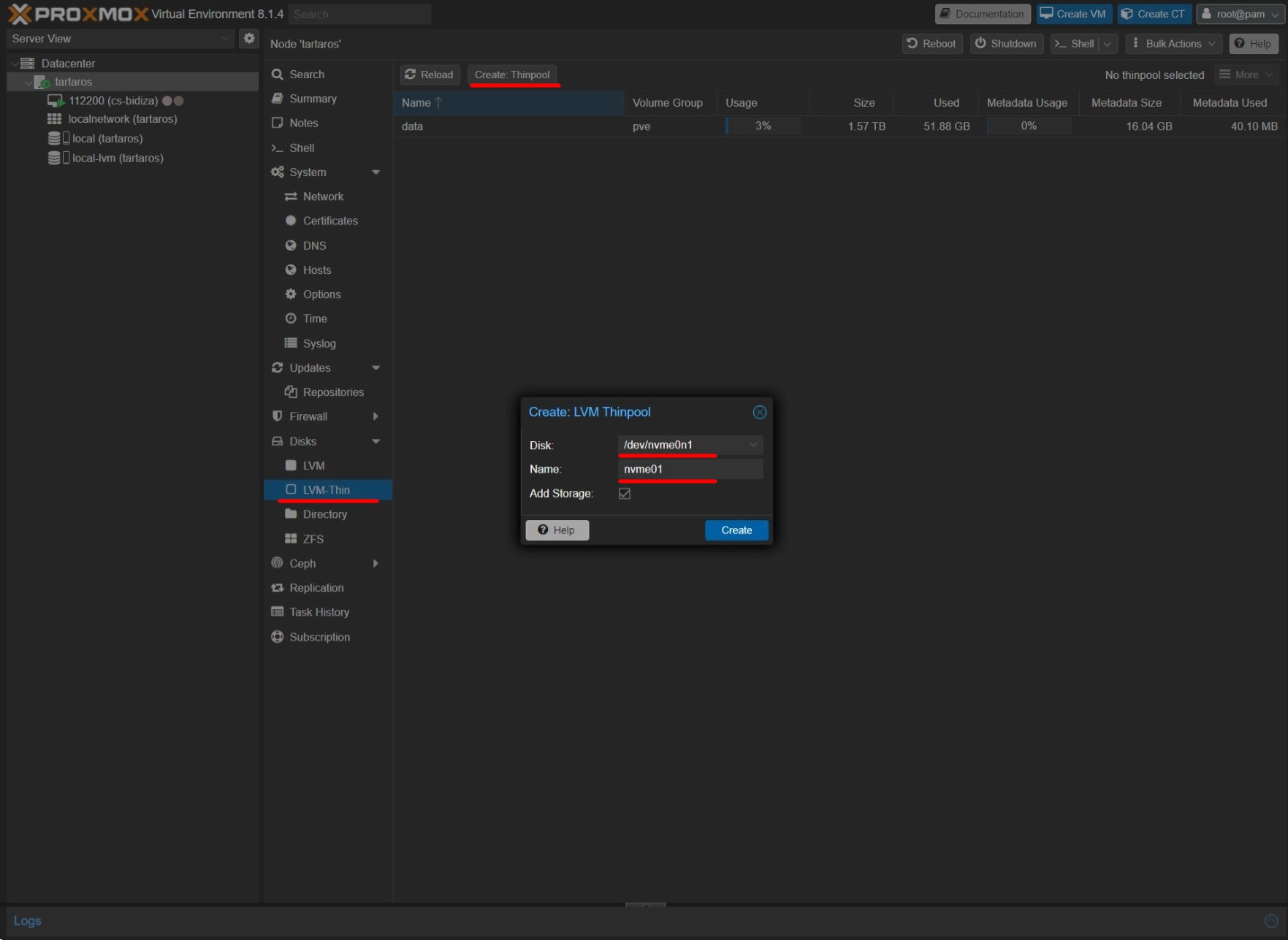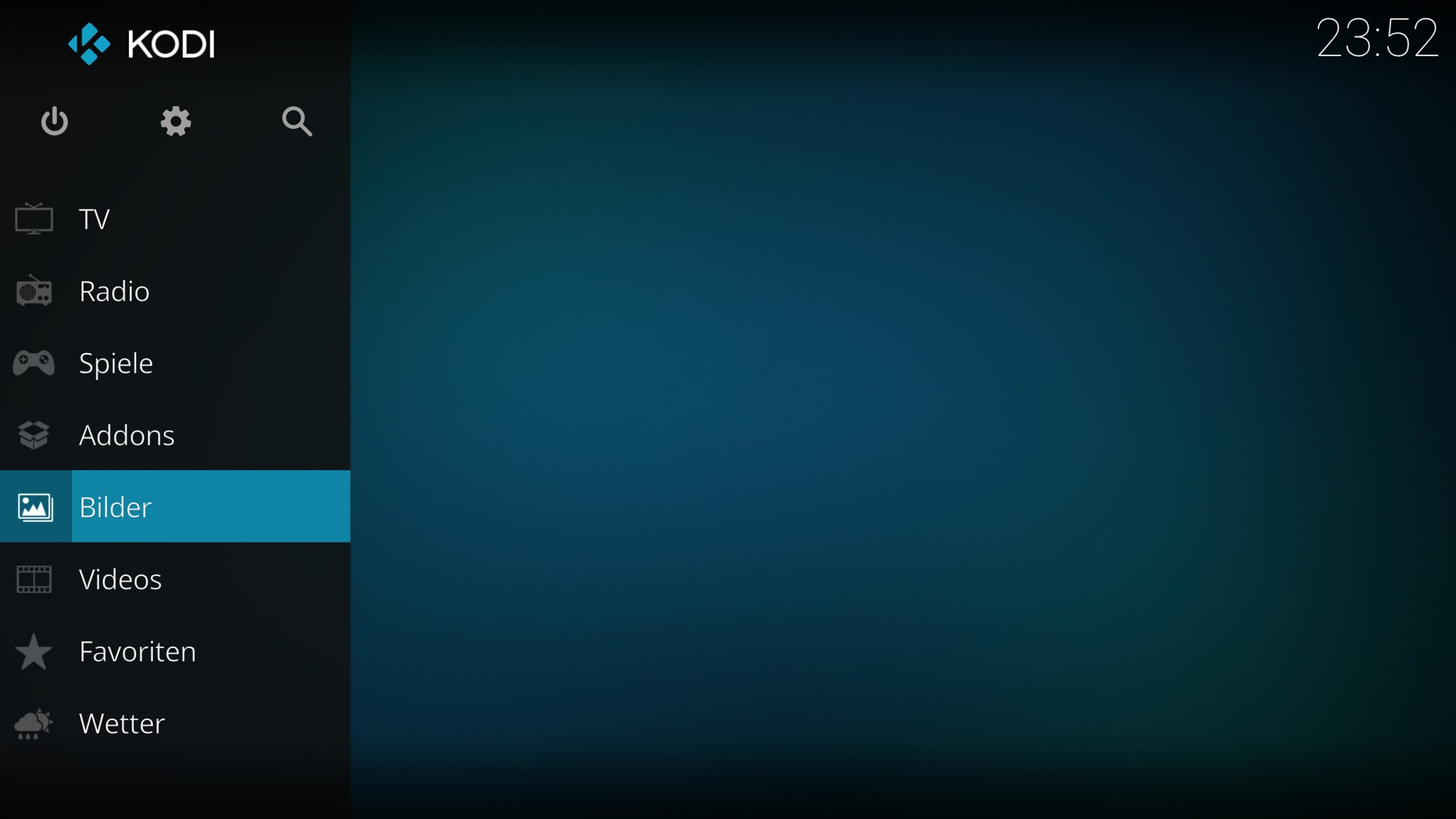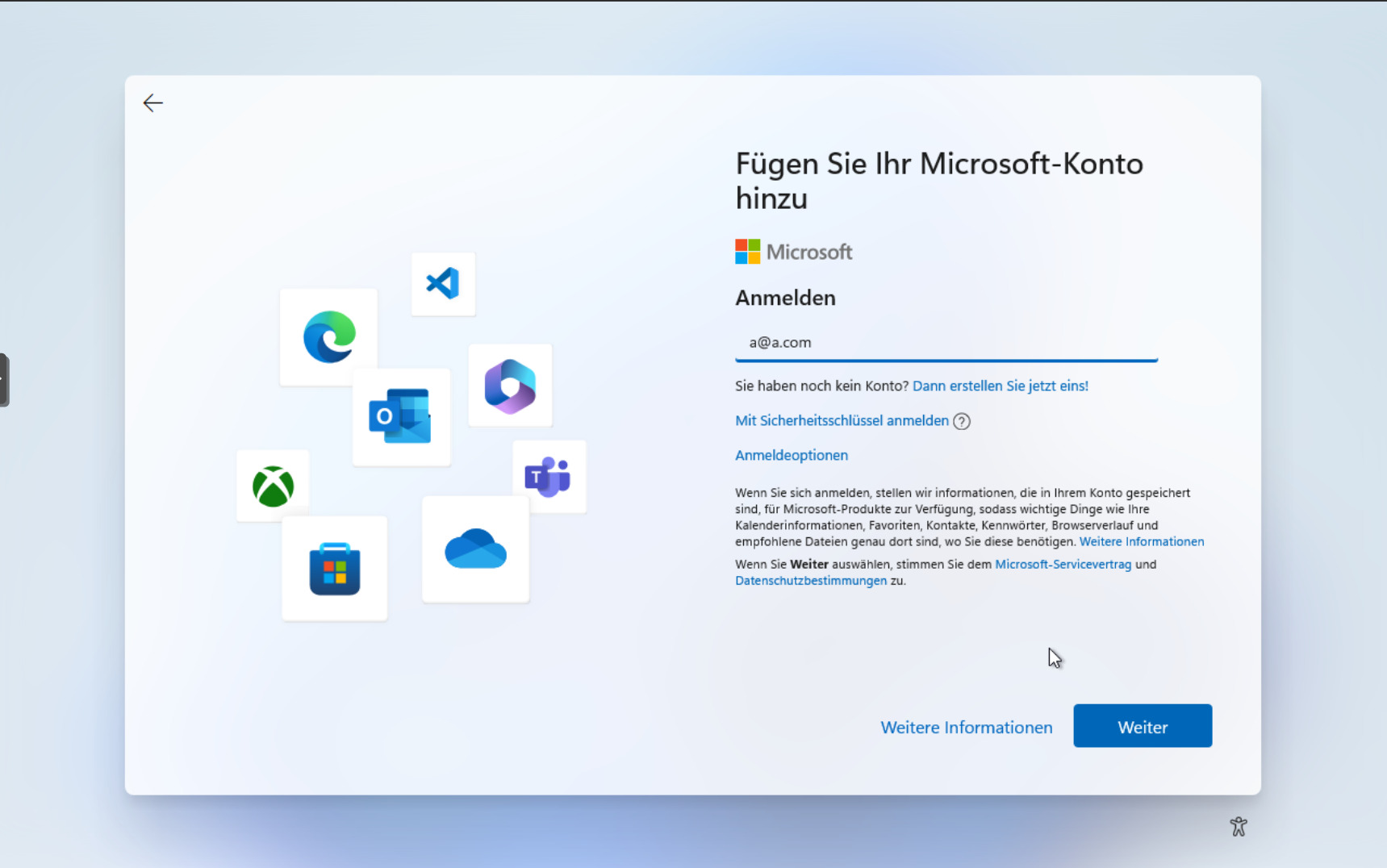After Proxmox has been installed as a hypervisor on your Server, there are usually 2 storage pools already available. On the one hand, this is an LVM pool on which container images, ISOs and backups are stored and on the other hand an LVM thin pool on which VMs and containers can be installed. If you need more storage or want to use additional hard drives and SSDs for different VMs or for more speed, you can easily add additional data storage media using the Proxmox web interface.
After the hard drives are installed in the server, they can be initialized and formatted in Proxmox via the web interface in the respective “Node/Server” under “Disks”.
A storage pool can then be created as either “LVM” or “LVM-Thin”.
The main difference between LVM and LVM-Thin is that with LVM the storage of a VM and a container is occupied immediately and no snapshots can be created. With LVM-Thin, in contrast to LVM, the storage on the hard drive is only used as soon as it is needed, which has the advantage that the disk space can be used better, but you also have to make sure that the disk does not run out of space at some point.
Differences between LVM and LVM-Thin
LVM stands for “Logical Volume Manager” and is a software component that combines hard drives or partitions as physical volumes (PV) into volume groups (VG) and allows you to dynamically create logical volumes (LV) and modify their size while the system is running
The main advantages of LVM are:
- Flexibility: Volumes can be enlarged, created and reduced during runtime
- Expandability: The capacity of multiple hard drives can be combined
- Snapshots: Different versions of data are possible using so-called “snapshots”, which simplify data backup (“backup”) and reduce downtime
It should be noted that the risk of “single point of failure” increases if the logical volumes are on multiple hard drives, since if one hard drive fails, all data is lost, comparable to a RAID-0 setup.
LVM
- Immediately occupies the entire storage
- If a VM is assigned storage of 250GB, 250GB are immediately occupied on the drive.
- No snapshots possible
- Can be shared with multiple devices/nodes
- Can store VM images, containers, ISOs, container templates and backups
LVM-Thin
- Only occupies storage when data is written
- For example, if a VM is assigned 250GB of storage and only uses 60GB, the LVM-Thin drive will only use 60GB and not the entire 250GB.
- Supports snapshots
- Cannot be shared with multiple devices/nodes
- Can only be used for VM images and containers
TL;DR
Version used: Proxmox 8.1.4
- Proxmox Node => Disks
- Select disk => Initialize Disks with GPT
- LVM-Thin => Create Thinpool => Select disk, assign name
- Proxmox => Datacenter => Storage
- Select data medium => Edit => Edit content



